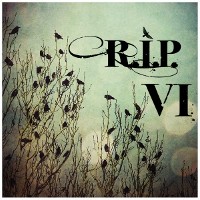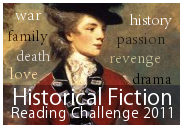[amazon_image id=”0451169522″ link=”true” target=”_blank” size=”medium” class=”alignleft”]Misery[/amazon_image]You’ve probably seen the film based on Stephen King’s novel [amazon_link id=”0451169522″ target=”_blank” ]Misery[/amazon_link], even if you haven’t read the book, so you probably know the story: writer Paul Sheldon is kidnapped after nearly dying in a car accident and tortured by insane former nurse Annie Wilkes, who is his number one fan. Incredulous that Paul has written a novel she considers crass, she forces him to burn it and write Misery, the romance-novel heroine he killed off in his last book Misery’s Child, back into being in Misery’s Return. Paul undergoes the worst sorts of physical and psychological terror as he writes what ironically is certainly the best Misery novel he’s written.
I saw the movie when it came out, and having read the book now, about twenty years later, it seems as if the movie adhered fairly closely to the plot of the book. Kathy Bates was brilliant as Annie, and having seen the movie first, of course I pictured her in the role as I read. Annie Wilkes may be completely insane, but putting on my writer glasses, I can see she was a gift of a character for King. She is possibly the most frightening villain I’ve read precisely because of the realness of her character. On the one hand, she’s a completely psychotic serial killer who first murdered almost an entire family at the age of eleven; on the other hand, she can’t stand cursing, lying, or smoking. She uses lame expletives like “cockadoodie brat” and admonishes Paul for wanting a cigarette even as she contemplates murdering him. My husband says he thinks King is wary of people who don’t curse, that somehow, those people are a little unhinged.
One of the things King says in [amazon_link id=”1439156816″ target=”_blank” ]On Writing[/amazon_link] is that folks ask him why he writes the kinds of stories he writes, and his response is that he doesn’t have a choice. You have to wonder what kind of a place a novel like Misery came from. I always kind of enjoy books about writers. My NaNoWriMo novel is such a book. I’m not sure why, but that sort of window into the creative process is always interesting to me. I like to see fictional writers flying away on their keyboards, sweating through writer’s block, and triumphantly finishing a novel. It’s kind of weird to read books about writing, I guess, and now that you pin me down, I’m hard pressed to name another book like this that I’ve read.
One reason I read this novel (finally) was that King mentioned both the book and the character Annie Wilkes (and he clearly thought Annie was more interesting than Paul Sheldon) several times in On Writing, and I was struck with the desire to see what it was all about. It is fairly gruesome, but I think most people picking up a Stephen King book know what they’re in for without needing to be warned. The book is quick-paced and starts off right in the middle of the action. It’s a great on-the-edge-of-your-seat read.
Rating:




Full disclosure: I obtained this book from PaperBackSwap.



















